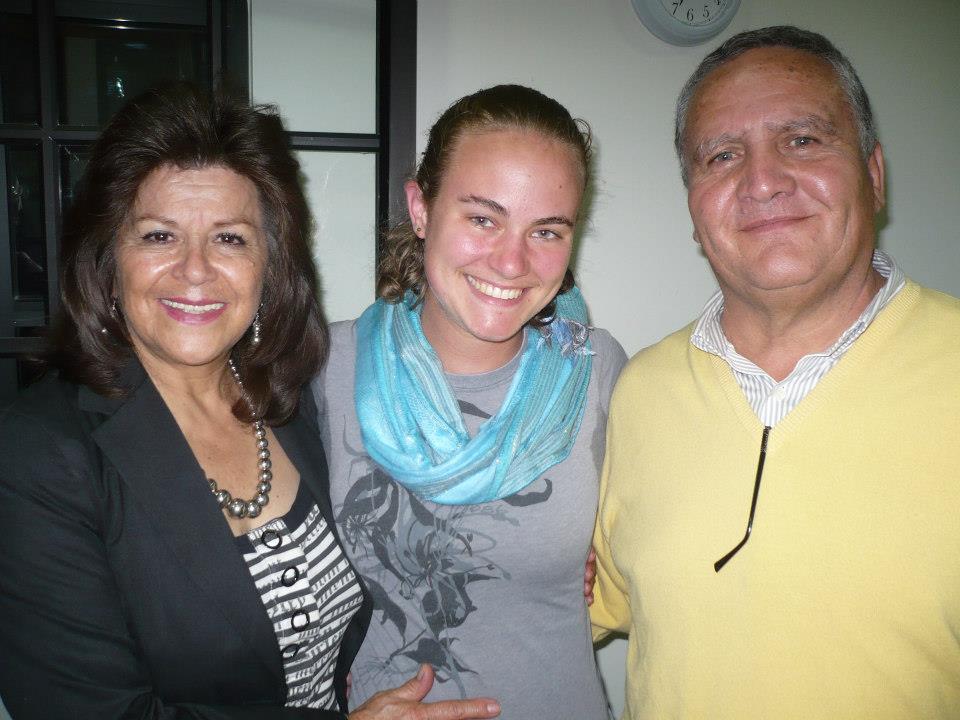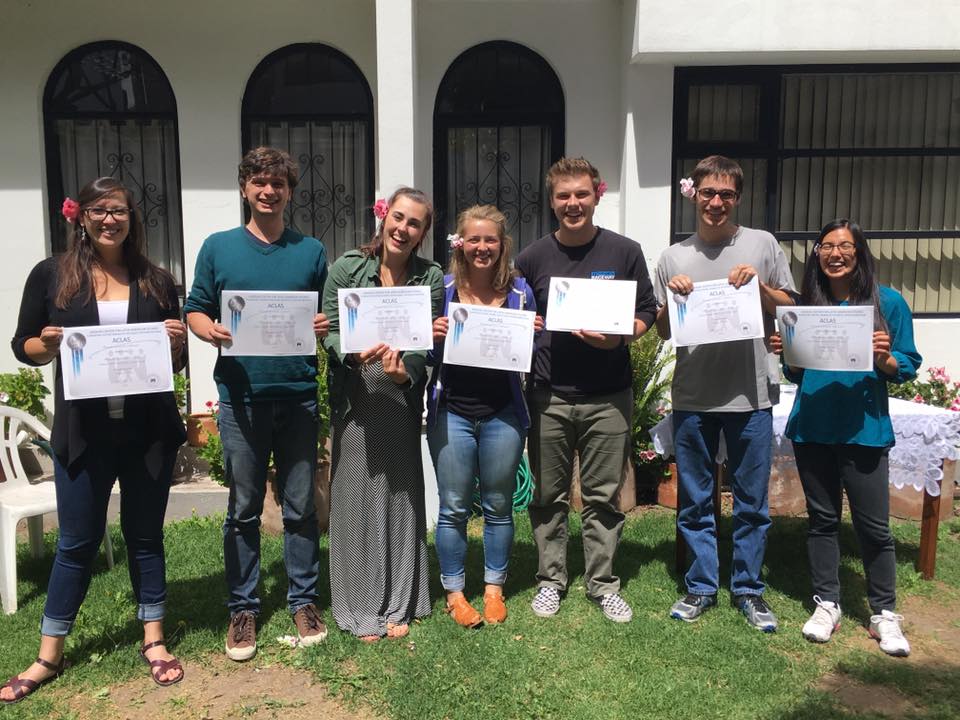This post was originally published on facultyabroad.com - a great resource for faculty involved in international education. http://www.facultyabroad.com/a-plan-for-emergencies/
Emergencies are a possibility on any study abroad program, and planning and preparing for an emergency can seem like an overwhelming task — so much so that faculty sometimes decide not to embark on an education abroad program because of it.
Thankfully, with a few purposeful steps, you can take comfort knowing that you’ve made the necessary steps to plan for the worst — even if the reality is that the plan will most likely never be used.
1. Make a plan
Your university or college is likely to have existing example emergency plans or protocol(s) that you can access for reference, so make sure to ask around for these materials to ensure you aren’t starting from scratch when you don’t have to. If you are using a third party study abroad program provider, ask them whether they have an emergency plan, and whether this could be integrated into your institution’s overall plan for emergencies.
If you work with a provider that does not have an emergency plan, it may be a good idea to review your provider’s overall quality and consider alternative providers who do incorporate an emergency plan.
 |
While on an excursion outside Quito, Ecuador; ACLAS students help a family get their car started.
|
Another group that will have some good resources is your institution’s insurance company. If you are asking your students to purchase specific study abroad insurance (recommended, usually inexpensive) then that company will likely have many useful resources like crime and safety statistics, emergency protocols, emergency phone numbers and recommendations for hospitals, doctors and/or clinics. Many of these items will be found on your insurance company’s website but contacting your university’s insurance representative is likely to be a good path to more details.
Consider different types of emergencies, and ensure that your plan addresses what to do in each case:
- National emergencies — weather, disasters, political unrest
- Student emergencies — illness, assault (on the student or towards others), mental illness
- Faculty emergencies — something happens to you
- Group emergencies — group illness, accident
2. Get support
 |
ACLAS students enjoy a rafting trip as part of an excursion to the Amazon Rainforest in Ecuador.
|
As a faculty member, it should not be your sole responsibility to take care of emergencies abroad. You will likely be involved, but one way to make sure that all of the burden does not fall on you is to make sure that your plan is supported and approved by the “powers that be” at your institution and those onsite. This may seem like a bureaucratic step, but if there is a true emergency, these people will be involved. More importantly, if the plan is previewed and supported ahead of time, then the execution of the plan will be smoother and less restricted.
A good way to know who should see the plan before it is finalized is to consider all who would be involved if there were an emergency. Examples of potential stakeholders at your institution: the president, deans, international education staff, lawyers, media or PR people, parent relations, etc. And, don’t forget to include your onsite program provider and any relevant contacts in your destination country.
3. Share your plan
 |
photo credit: Professor Julie Veltman, Willamette University; ACLAS students interact with artwork while exploring Quito, Ecuador.
|
Beyond sharing your plan with those mentioned above, be sure to include your students and encourage them to share this information with their families. Not only will this step help the students be better prepared in an emergency, it also helps them remember that emergencies can happen and that they should be vigilant to avoid emergency situations.
4. Test your plan
Finally, test your plan with those involved. You can run through a test scenario making sure that all the systems work and all parties are informed. Let everyone involved in the plan know that you will run a drill. It is okay to plan an exact time for the drill – it does not need to be a surprise. The important aspect is to use the same means of communication that you would use in a real emergency (calling cell phones, mass emails, etc.) to make sure that everything is in place. Also, this exercise will help make people engage with the process and truly consider what would happen in an emergency.
Then, follow the plan.
Throughout the process take notes. At the end ask for feedback on the process and share your notes, relevant feedback and the most up to date emergency plan in a summary.
NOTE: This post is not intended to be an exhaustive resource
for making an emergency plan. Good places to seek out
additional resources are:
- Your International Education Office
- NAFSA: Association for International Educators
(www.nafsa.org)
- The Forum on Education Abroad
(forumea.org)
- U.S. State Department
(www.state.gov)
- The U.S. Embassy in your country of travel
(www.usembassy.gov)






































